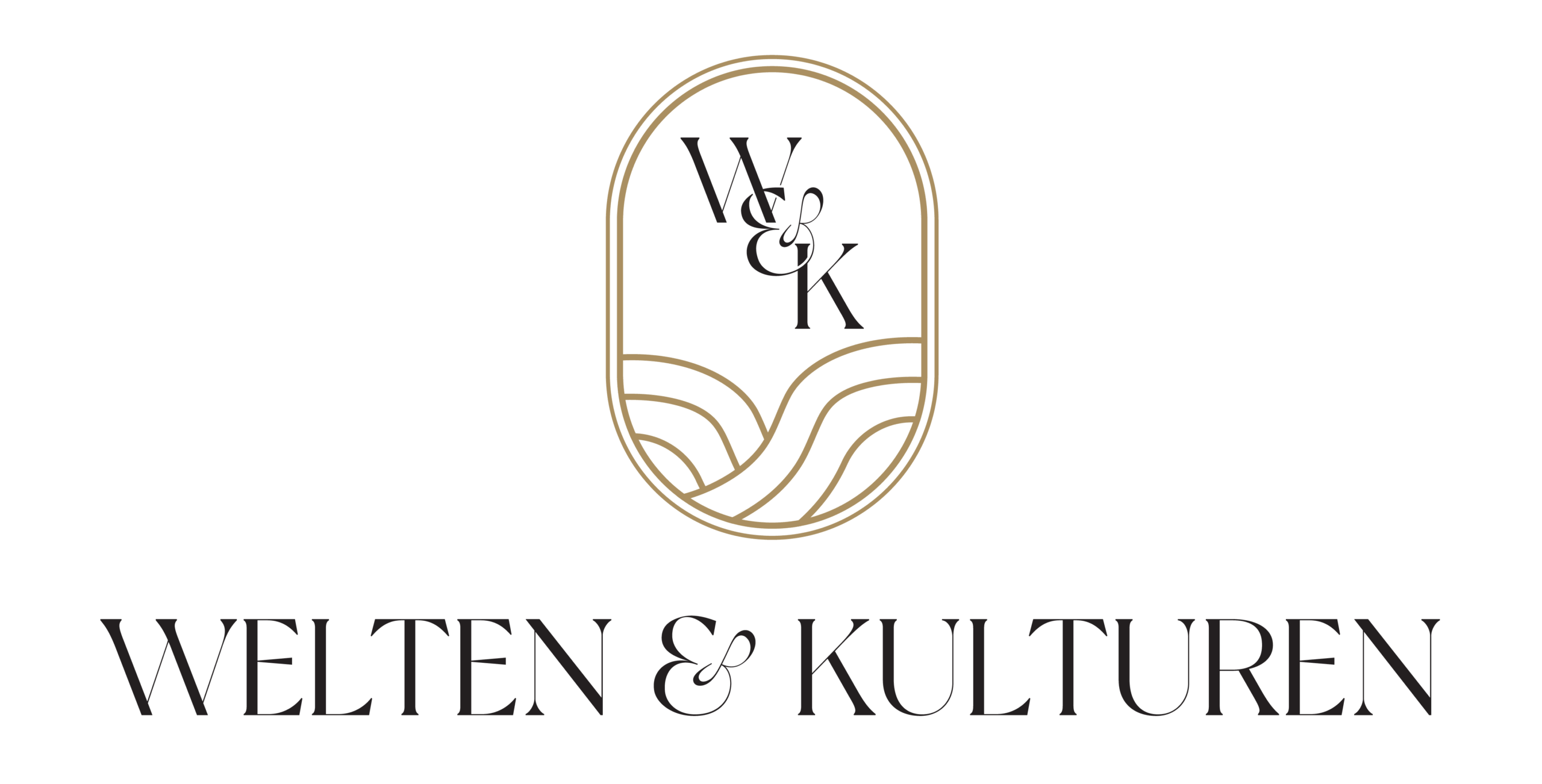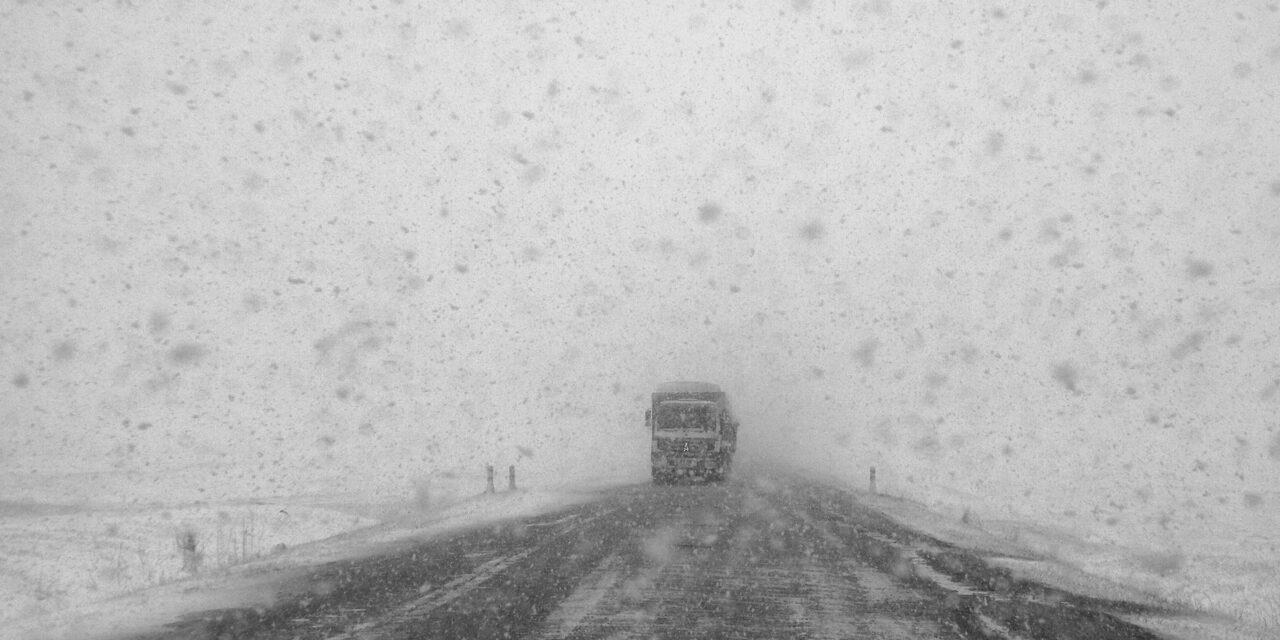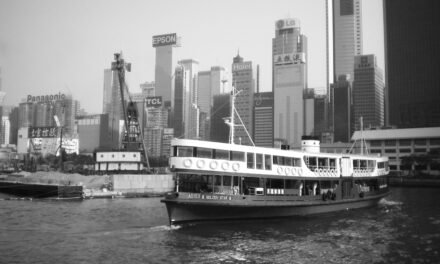Darkhan und Ulaanbaatar (2016)
In the fall of 2016, I traveled to Mongolia for the second time. This time, too, I went to Darkhan, where I was supposed to teach a course in “Intercultural Competence” at a university. Five units of 2 hours each were planned, which I was able to do as planned. Well, sort of, anyway. Afterwards, I finally had the opportunity to explore the country’s capital, which I had missed out on during the first trip in 2014. However, this trip started cold…
The journey began cold.
Although it was only the end of September, the temperatures in the first week were already between -5 and -11°C. Not so bad, in and of itself. But then, there was the unfortunate circumstance that the heating and hot water supply in the youth center where I was staying broke down – at the same time. The internet also only worked sporadically. So I was all the happier to go to the university for two hours in the afternoon to teach, since there, it was cozy and warm.
But I have to start earlier with the story. The background to the trip was a new project that we had launched. During my last stay, I had been told that there was great interest in lecturers from abroad at the city’s universities. For English, but also for intercultural communication.
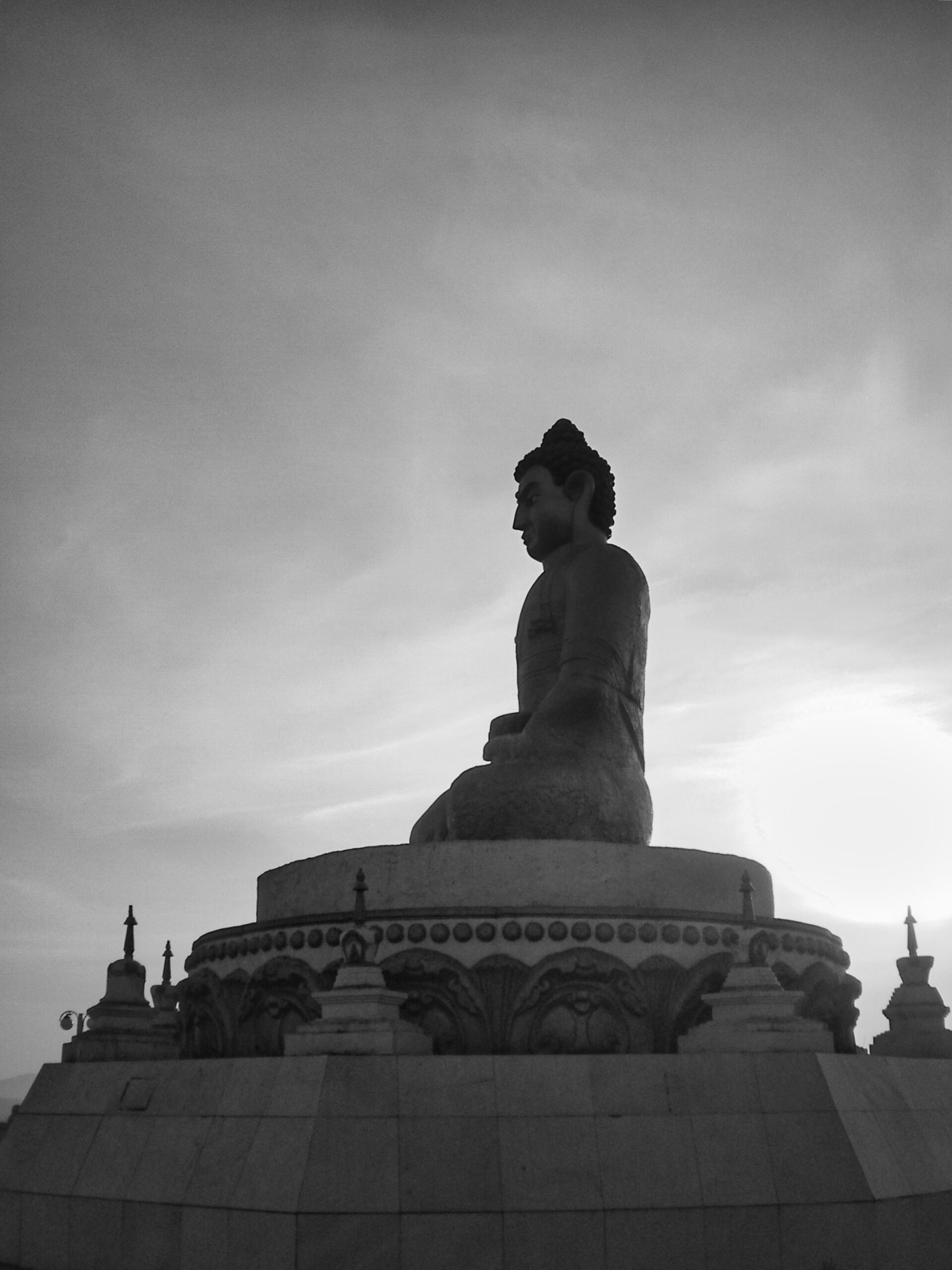
This information came from the director of the youth center in Darkhan, who gave me the contact details of a professor at the university. I then discussed the seminar with him. At the time, I had no idea that this would undoubtedly become the most adventurous teaching assignment of my career.
It was undoubtedly to be the most adventurous of all my teaching assignments…
When I arrived in Darkhan, it turned out that the director of the youth center had changed in the meantime – which of course no one had bothered to tell me. He was now in charge of a facility in the capital. But I wasn’t the only one who was clueless: The new manager also had no idea who I was or what I was doing there. Fortunately, he had at least been informed that someone would be arriving. The only problem now was finding the right university, the one where I was supposed to be teaching. With some effort and by process of elimination, we found the most likely institution.
Accompanied by a 13-year-old girl who was said to be speaking English the best, I was then sent to the university in question, of which, as I said, it was still unclear whether it was actually the right one. They were now looking for the professor with whom I had corresponded. As I had corresponded with him by e-mail and the response time always took at least one, sometimes several weeks, I no longer had time to rely on this medium. It was Monday, and the first day of the planned lessons. We didn’t find my contact, but we did find another professor who knew my contact and explained that that man was currently absent. This kind professor also had no idea who I was or what I was doing there, but he obviously thought he had to make something of it. Unfortunately, it was impossible to find out how the whole mess had actually come about – due to the language barrier. So I just went with it.
During the lessons themselves, I had to improvise only slighty. Firstly, I had counted on having English students in front of me – that had been the agreement – who would understand what I was saying and what the tasks were, at least for the most part, even without a translator. However, it had been decided, without further ado, to include all kinds of students in the course, including students of economics and political science, among others.
So what actually happened was this: All the students who somehow just had the misfortune of standing around in the hallway were coerced into moving into a classroom where I was then supposed to teach. This was my audience, which was now crammed into a room decorated for small school children, sitting on chairs that were far too small at tables that were far too small. It has to be added that this university was housed in a normal primary and secondary school, where school took place in the morning and university in the afternoon. The same recruitment principle was applied on the following days.
Now, unfortunately, hardly anyone spoke English. As a result, I was now completely reliant on a translator. Various handouts had to be translated into Mongolian and handed out in a hurry. However, the PowerPoint presentation that I provided to the students could no longer be translated and was therefore – to put it mildly – not as helpful as it could have been for many participants. Let’s say: What content remained at the end will forever remain a mystery.
In addition, different participants sat in front of me every day, which discreetly torpedoed the concept of lessons building on each other. But be that as it may, I was taught anyway.
In addition, the recruitment process meant that different participants sat in front of me every day, which discreetly torpedoed the concept of lessons building on each other. But be that as it may, I taught anyway.
Of course, interaction was limited for a variety of reasons. However, the participants wanted to know, for example, how the Germans view the issue of migration. Even if Mongolia is not necessarily known to outsiders as a typical country of immigration, there are strong migration flows there, especially from Chinese people who come to Mongolia to work – and stay. Conversely, many Mongolians are drawn to South Korea as guest workers. Against this background, the students were interested to know whether the problems with migrants are similar in Germany? To put it mildly, Chinese immigrants are not necessarily popular in Mongolia. There is a fear of cultural influence.
Other than that, someone wanted to know if I owned a horse. When I said no, the astonished question followed: why not? I did my best to explain the cultural significance of horses and riding as a leisure activity for the more affluent, but in view of the question marks in the students’ eyes, I think I must consider myself a failure. All in all, it was without doubt the most interesting seminar I have ever held. Even if the learning success probably remained limited.
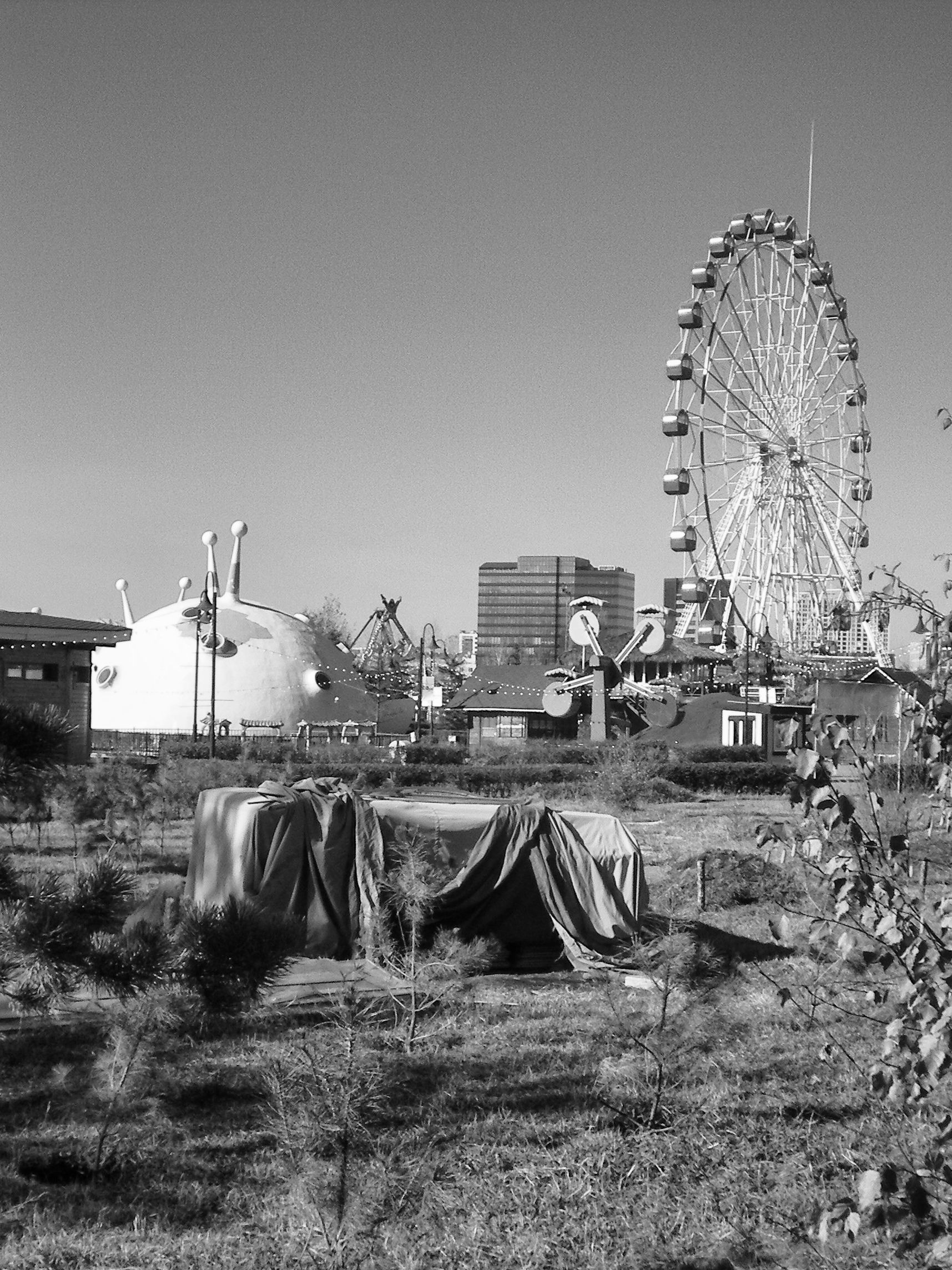
And I would like to emphasize once again that there was a functioning heating system at the university. I really can’t emphasize that enough. I would have liked to have taught more, no matter the outcome, since by now, the temperatures had dropped to -22°C during the week and there was still no hot water and no heating at my accomodation. This was probably because – at least according to the director of the youth center – the local authorities didn’t like the fact that Chinese Christians were doing missionary work there. As a result, frozen pipes at this point in the network were always the last to be cleared. Of course, I don’t know if this is true.
After my week in Darkhan, I traveled to Ulaanbaatar (“UB” for short), where I stayed in an AirBnB.
It was also much warmer there. There was also a lot more smog, but after a week without heating and hot water, I didn’t really care. However, anyone who complains about the air being too bad in Germany should really travel to UB at the right time of year.
The town lies in a valley; as almost all households there use coal for heating, a wonderful coal cloud forms over the whole town under certain weather conditions. It is almost impossible to escape this smell, which causes headaches and nausea within a very short time. Apart from that, Ulaanbaatar is a city really worth seeing. Even the amusement park in the city center has its own charm… even if it doesn’t necessarily inspire confidence.
The monumental style of Sukhbaatar Square may not be everyone’s cup of tea – at least I’ve read nasty things about it in some travel blogs – but it’s mine. However, I also have a weakness for the monumental in general.
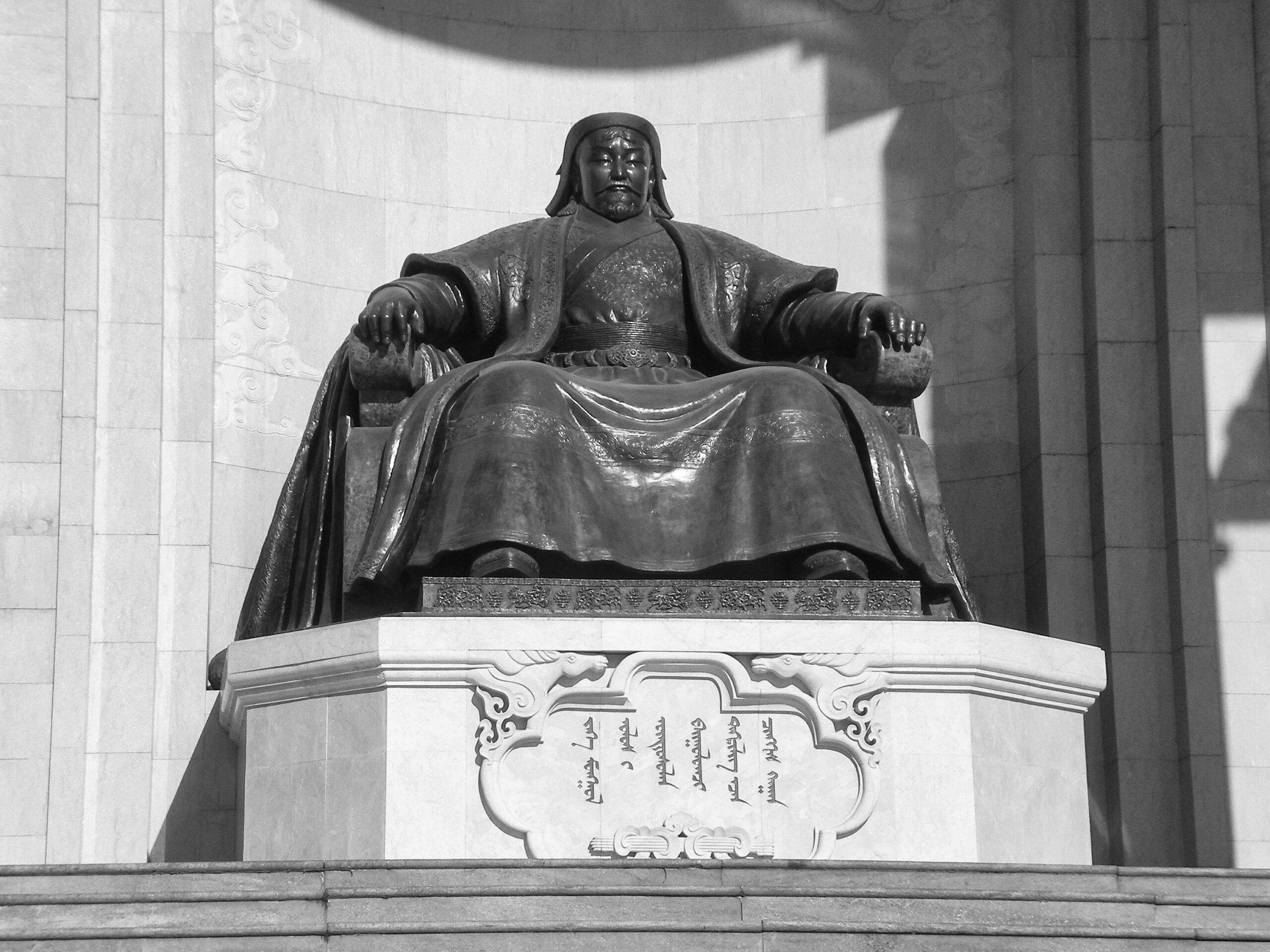
The Museum of Cultural History (Монголын Үндэсний Музей) is located in the immediate vicinity of the central square with the parliament building and the statue of Khubilai Khaan, which was of course a must-see for me. It’s not a particularly modern museum, but rather a cultural history museum typical of the post-Soviet region with lots of re-enacted scenes and individual figurines that are supposed to show the artifacts – mostly clothing, jewelry, tools and other equipment – virtually “in action”. As someone who is actually rather averse to interactivity, I actually quite like this. After all, if all I have to do on the computer is press buttons and watch movies, surely I can do the same at home? Of course, my visit was 7 years ago, so maybe something has changed there too. In any case, I can only recommend this small but interesting museum to everyone.
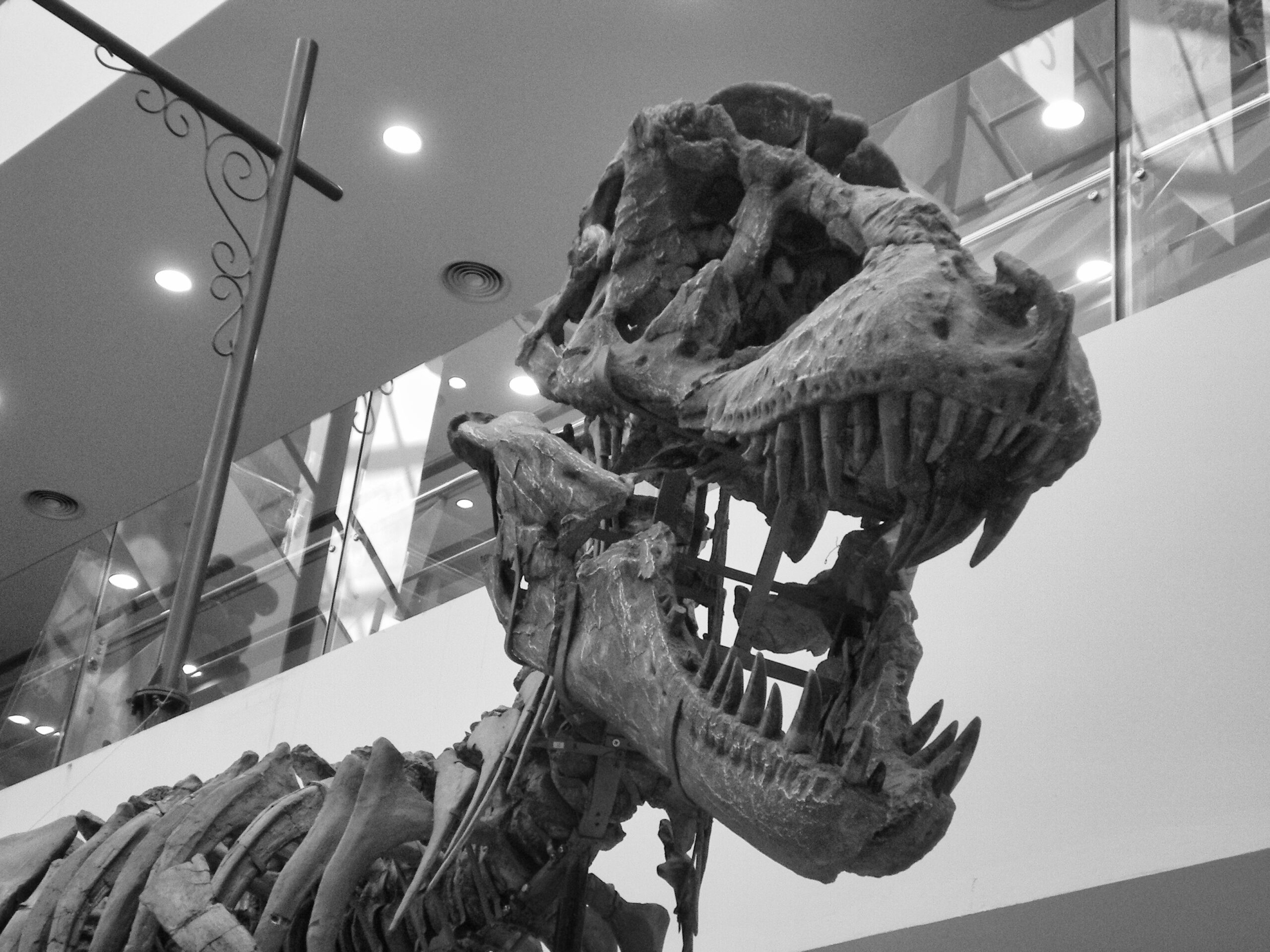
As someone whose first passion in life was dinosaurs, Mongolia is of course a mecca, a paradise to discover. Unfortunately, there was no way to visit the black market, where you can buy all kinds of real and, above all, fake dinosaur bones, and there was no time for a trip to the Gobi Desert either. So, in order to at least somehow satisfy my passion for dinosaurs, I opted for plan C and had myself driven to the Hunnu Mall. Several dinosaur skeletons are on display in this shopping center and can be admired for free. That’s why this mall had already been on my agenda two years earlier. Although quite expensive by local standards, the mall is also worth a visit in other respects: among other things, you can find very beautiful and high-quality cashmere goods there.
Unfortunately, Mongolian and my ideas of “good meat” diverge.
I am known to be a person who is completely uninterested in food. If I point out here that the Mongolian capital has a lot to offer in terms of cuisine, it’s for a specific reason. Actually, Mongolia mainly offers hot pot, which tastes good, but you just don’t go eat it on your own, and of course traditional Mongolian cuisine. The latter consists primarily of meat and then secondarily of … well, meat. Which in principle I have no problem with, because I love meat; it’s just that Mongolian and my ideas of “good meat” differ vastly. A lot of food is made from meat with a high fat content, which is of course also more nutritious. So, in terms of traditional cuisine, it’s actually a logical choice. I just don’t particularly like it. In Darkhan, there was really no escape from it for me. But in Ulaanbaatar, if you spend a little more money, you can discover a really good selection of excellent restaurants with different cuisines – especially many good Indian restaurants. Another thing Mongolia is never short of is Russian ice cream, which is undoubtedly the best in the world. However, given the circumstances and having just gone without heating and hot water in the cold, my desire for it was rather small. But apart from that, it’s very reassuring.
So in 2016 I was finally able to get to know the capital better – next time, I will explore the gigantic rest of the country…
You can read about how I visited Gorkhi Terelj National Park and the Chinggis Khaan Statue Complex, both near Ulaanbaatar, in the article “The rattling of the Transsib”, in which I report on my visit to Mongolia in 2014. There you can also read more about the peculiar charm of the city of Darkhan.
